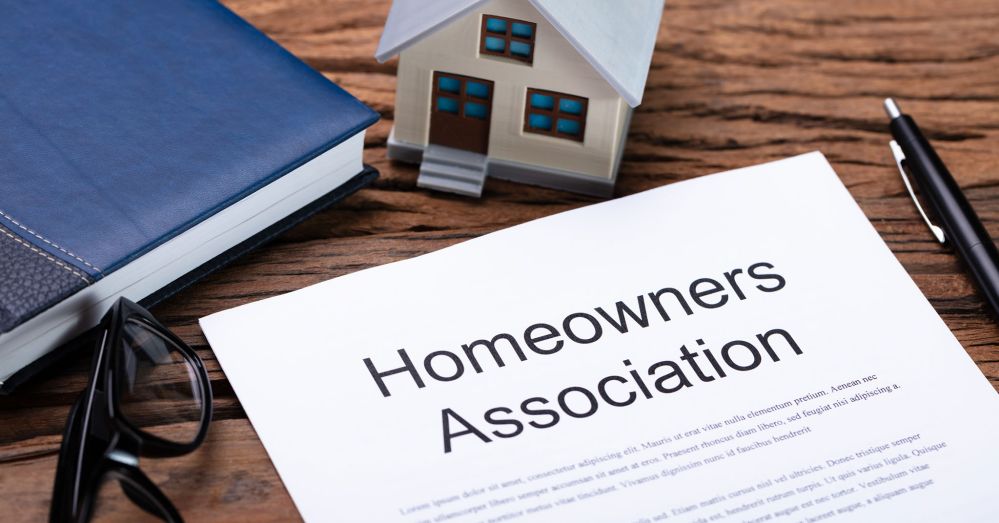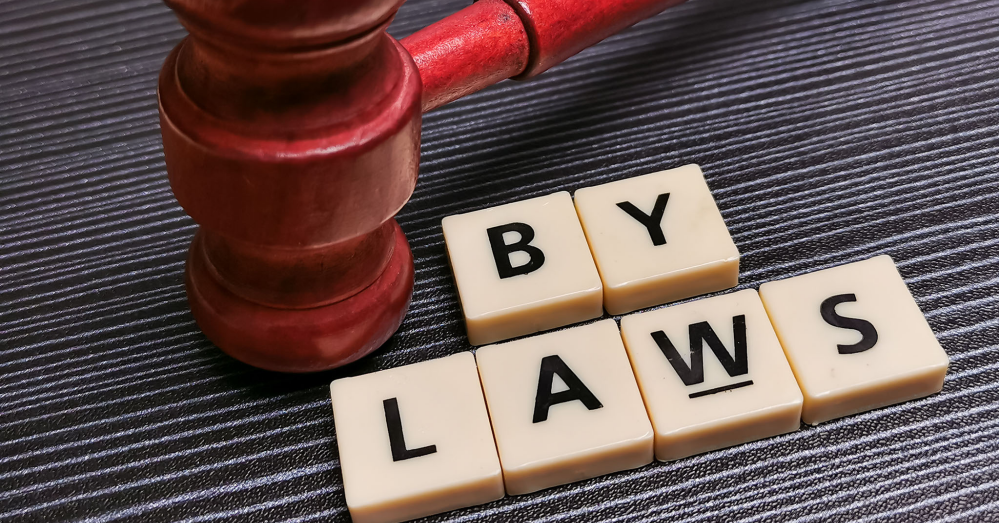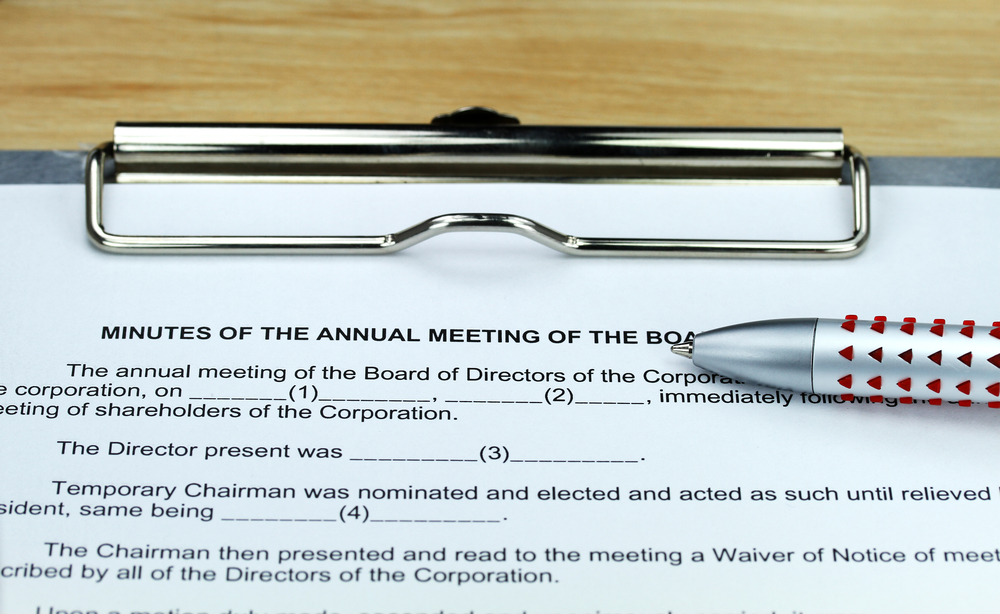
How To Write A Friendly HOA Violation Letter
Managing a homeowners association (HOA) involves maintaining community standards and ensuring residents adhere to the governing documents. When violations occur, clear and effective communication is

Managing a homeowners association (HOA) involves maintaining community standards and ensuring residents adhere to the governing documents. When violations occur, clear and effective communication is

Moving into a new home is a whirlwind of excitement, packing, and adjustments — and if your new home is part of a homeowners association

When you buy a home within a Homeowners Association (HOA) community, you enjoy certain common-area benefits and amenities. However, you also agree to abide by

Homeowners associations (HOAs) play a vital role in maintaining and improving the quality of life in residential communities. However, even the best-intentioned HOA boards can

A Declaration is an essential part of the governing documents of a homeowner’s association (HOA). It is a legal document that outlines the rules, regulations,

A homeowners’ association, or HOA, is a legal entity that governs a residential community or neighborhood. HOAs are usually established to maintain the common areas

A Committee Charter is a document that outlines the purpose, goals, and responsibilities of a specific committee within an organization. In the context of a

When it comes to the most important meetings with your HOA Board of Directors or other important community groups, having well-polished, thorough meeting minutes is




Please note that maintenance action will be taken in accordance with direction provided by the Association’s Board of Directors.


Have a management question? We'd love to help! Fill out the form below and we'll get to back to you as soon as we can.


Please note that a fee may be charged to your account for pool and gate keys in accordance with Goodwin & Company’s association management contract.